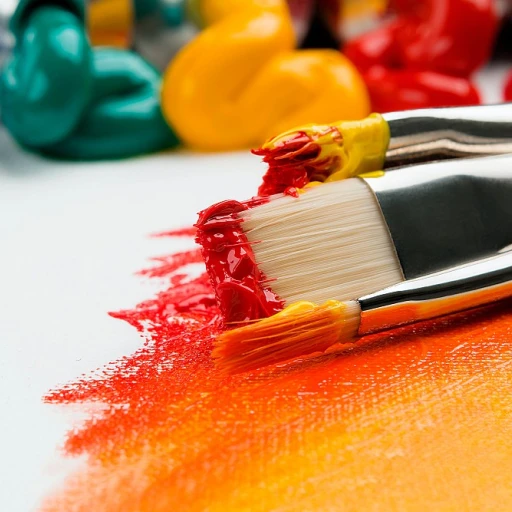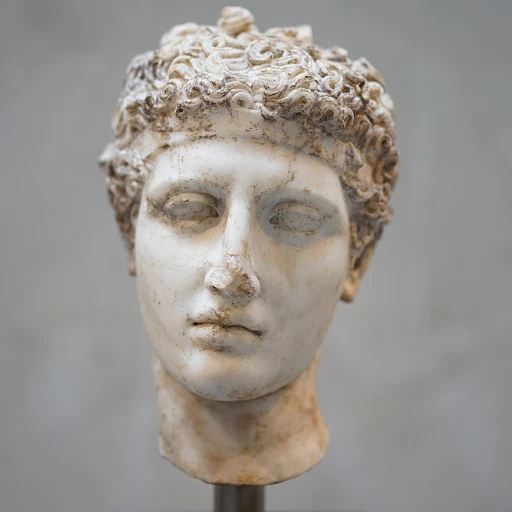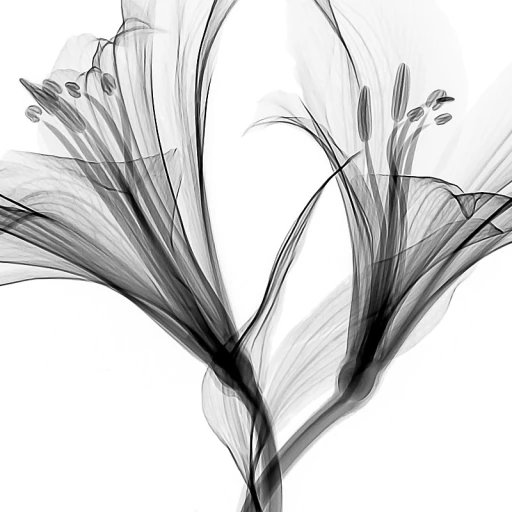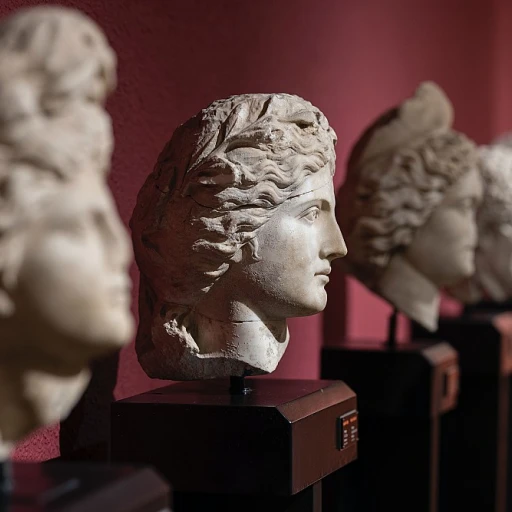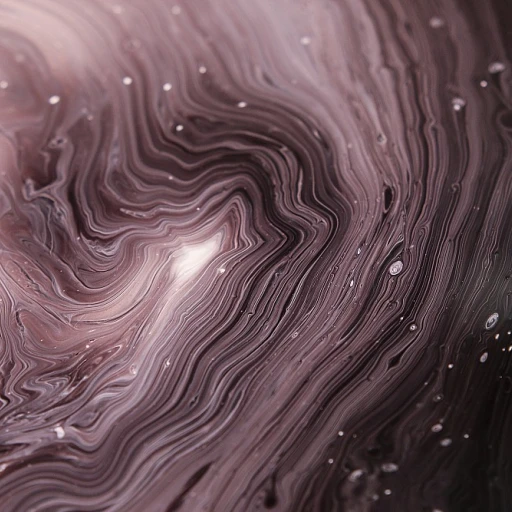-teaser.webp)
Understanding the Basics: Canvas and Oil Mediums
Decoding the Essentials: Exploring Canvas and Oil Artworks
Understanding the foundation of any artwork lies in comprehending the mediums used. In the realm of luxury art, the canvas and oil mediums have stood the test of time, each offering a distinct appeal to collectors and enthusiasts alike. Canvas has long been considered a staple in the art world, a versatile backdrop that artists of many genres find indispensable. The surface allows for a range of applications, from acrylic to oil paints, bridging the past and present in creative expression. In the same breadth, oil paintings often demand attention for their richness and depth, characterized by their sumptuous texture and vivid hues. When opting for a canvas as the primary medium, the choice often involves an understanding of the textures it can bring. Unlike paper surfaces, canvas accommodates a vast array of brushes, ranging from delicate strokes to bold impressions, making it a favored platform for acrylic and other paint forms too. This dynamic quality makes it a diverse pick for those who appreciate canvas art inspired by coastal serenity, highlighting the medium's ability to convey ambient beauty. On the flip side, oil paints, known for their slow drying time, allow artists to rework and refine their creations with unmatched precision. The luxury associated with oil paintings can often be attributed to the intricate layering processes that bring out tonal subtleties and lifelike depth—traits that have endeared oils to collectors over centuries. In the luxury art segment, choosing between canvas paintings and oil paintings remains a topic of considerable contemplation, with each medium preaching its own virtues—be it the canvas’ versatile framework or oil’s timeless appeal. Ultimately, the decision may rest on personal preference and the specific impact one desires from their piece of art.The Appeal of Canvas Paintings in Luxury Art
Unveiling the Allure of High-End Canvas Creations
Canvas paintings have long stood as symbols of elegance and taste within the luxury art domain. Unlike other mediums, canvas provides a unique texture that enhances the charm of a piece. Whether used with oil paints, acrylics, or a mix, canvas offers artists the ideal surface to illuminate their skill. One of the significant advantages of canvas paintings is their ability to maintain vibrancy over time. Whether crafted with acrylic paint or the timeless oil paints, these artworks are known for their color longevity. The drying time for oil paintings might often be longer than acrylics, but the wait rewards collectors with stunning, rich hues that define luxury. Equally, canvas opens up a variety of possibilities for artists. They can experiment with different styles and techniques, providing endless options to those looking to purchase distinct canvas pieces. From contemporary works to classic representations, canvas paintings are perfect for people who appreciate diverse forms of art. Collectors often argue for canvas paintings' intrinsic value. Their charming appearance and durability often justify the price tags associated with luxury art. As such, they hold a cherished place above other material work, such as wall paintings on a paper canvas. Finally, canvas paintings are an ideal investment in luxury art, comparable to oil paintings. Whether a connoisseur prefers acrylic paintings or those crafted with oil acrylic, these stunning works convert any space into an art lover's haven. Explore the allure of pre-designed canvases in luxury art for more insights into this captivating art form.Oil Paintings: A Timeless Luxury
The Timeless Elegance and Prestige of Oil Paintings
Oil paintings have long been revered within the world of luxury artwork. Their rich textures and vibrant hues are unmatched, a testament to the mastery of numerous renowned artists throughout history. The marriage of oils and canvas forms an extraordinary bond that results in an exquisite work, often becoming the centerpiece of prestigious collections. For many collectors, investing in an oil painting is about more than aesthetic appeal; it is about acquiring a piece of art history that transcends time. This form of luxury art brings with it an inherent prestige, an acknowledgment of its classical roots. These paintings are often seen as cultural artifacts, embodying the traditional craftsmanship that has captivated art enthusiasts for centuries. A key characteristic that sets oil paintings apart is their ability to maintain their vibrancy and texture over time. The drying process of oil paints is slow, allowing for blending and color layering that adds depth and dimension. Though it presents unique challenges, such as longer drying times compared to other mediums like acrylic or watercolor, the outcome is a piece of art that can endure through decades, even centuries, with proper care. Furthermore, the investment potential of oil paintings remains strong. Because of their durability and the prestige associated with long-standing techniques, they often command higher price points within the luxury art market. When preserved correctly, they offer both aesthetic and monetary value, making them a desirable acquisition for discerning art collectors. To truly appreciate the allure of these masterpieces, consider how vintage oil paintings can elevate the atmosphere of any space with their timeless elegance and compelling narrative. By carefully choosing the right piece, collectors can enjoy the harmony of art and history encapsulated in each brushstroke.Investment Potential: Canvas vs. Oil
Evaluating the Investment Value
When considering luxury artwork, the investment potential of canvas and oil paintings is a critical factor for collectors. Both mediums offer unique advantages and challenges, influencing their market value and long-term appreciation.
Canvas Paintings: A Modern Appeal
Canvas paintings, particularly those created with acrylic paints, have gained popularity for their vibrant colors and quick drying time. This medium allows artists to experiment with textures and techniques, making it a favorite among contemporary artists. The price of canvas paintings can vary significantly, depending on the artist's reputation and the work's complexity. However, their modern appeal often attracts a younger demographic, eager to invest in art that reflects current trends.
Oil Paintings: A Timeless Investment
Oil paintings have long been considered a staple of luxury art collections. The rich, deep hues achieved with oil paints and the meticulous techniques employed by artists contribute to their timeless allure. While the drying time for oil paintings is longer, this allows for intricate layering and depth, enhancing their visual impact. Historically, oil paintings have demonstrated strong investment potential, often appreciating in value over time. Collectors are drawn to the enduring quality and historical significance of these works, making them a sought-after choice for those looking to invest in art.
Factors Influencing Investment Decisions
- Artist Reputation: The prestige of the artist can significantly affect the value of both canvas and oil paintings. Established artists often command higher prices, while emerging artists offer potential for future appreciation.
- Market Trends: The art market is influenced by trends, with certain styles or mediums gaining popularity at different times. Staying informed about these trends can guide investment decisions.
- Condition and Preservation: The condition of the artwork is crucial. Proper preservation techniques, especially for oil paintings, can maintain or even enhance their value over time.
Ultimately, whether investing in canvas or oil paintings, understanding the nuances of each medium and the factors influencing their market value is essential for making informed decisions. Collectors should consider their personal preferences, the artwork's potential for appreciation, and the overall composition of their collection when choosing the right piece.
Challenges in Preserving Luxury Artworks
Challenges in Preserving Luxurious Artworks
The journey of maintaining the pristine condition of luxury artworks, such as canvas and oil paintings, is as artful as the creation itself. Both canvas paintings and oil paintings serve as visual treasures in the world of high-end art collections and present their unique preservation challenges. Preserving canvas paintings primarily revolves around controlling environmental factors. Due to its material, canvas is sensitive to fluctuations in temperature and humidity. Such changes can cause the canvas to expand or contract, which may result in cracking and potential fading over time. Therefore, it's vital to store canvas paintings in conditions consistent with an optimal level of moisture and temperature. Oil paintings, on the other hand, pose different challenges. The luxurious nature of oil paints requires careful preservation to ensure lifespan and quality. One of the main concerns with oil paintings is the prolonged drying time. While this can offer a rich, lustrous finish, it also leaves the painting susceptible to dust and debris if not adequately protected. Additionally, exposure to direct sunlight can contribute to the fading of oil paints, reducing their vibrancy over time. For artworks created with either acrylic or blended mediums such as acrylic oil, the drying time is notably shorter. This attribute can make them less susceptible to dirt and damage during the drying phase. However, they too demand attention in preserving their brilliance against the elements. Given these specific preservation challenges, investing in the right protective measures is essential. Framing with UV-resistant glass can shield your art from harmful rays, while climate-controlled storage maintains stability against environmental changes. Ultimately, understanding the distinct needs of different mediums will guide collectors in effectively safeguarding their luxury art investments, ensuring that each piece, whether painted on canvas or crafted with oil paints, continues to captivate for generations to come.Choosing the Right Piece for Your Collection
Finding the Perfect Match for Your Collection
Selecting the ideal piece for your collection involves both personal taste and an understanding of the intrinsic qualities of the medium. Whether your preference leans towards the contemporary allure of acrylic paintings or the enduring richness of oil paintings, it's crucial to consider various factors. Choosing between a canvas and oil medium is not merely a matter of aesthetics. The distinction arises from the media's unique characteristics:- Aesthetic Preferences: While canvas paintings are often appreciated for their textured appeal and matte finish, oil paintings offer a timeless, luxurious sheen that captures light in a unique way.
- Drying Time: Consider that oil paints can take longer to dry compared to acrylics, impacting how you might display or rotate pieces in your collection.
- Preservation Needs: Oil paintings, due to their material complexity, may require more meticulous care and stable conditions to maintain their quality over time.


